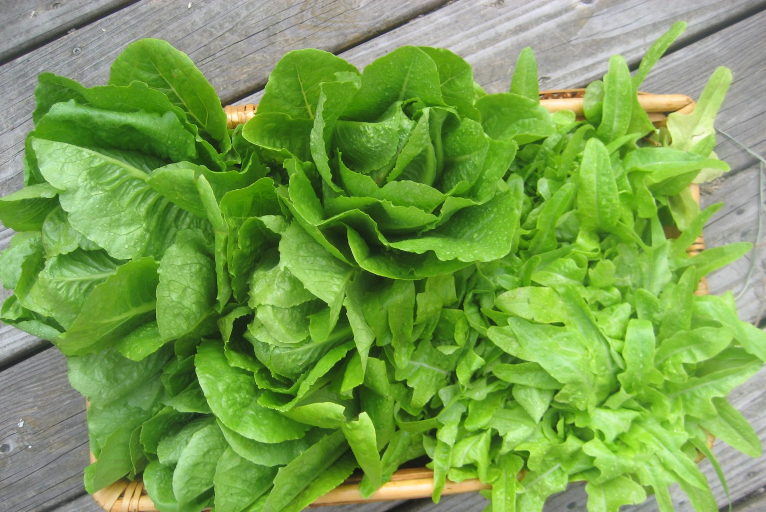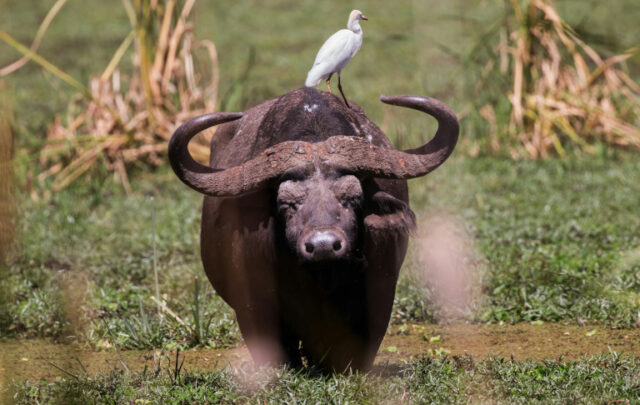Planning to Plant the Plot
When do we plant?
Vegetable gardens in this country are largely seen as a “summer thing”, and I believe this is because the crops people associate with vegetable gardens are mainly summer growing. These are most of the crops that we discussed in the last article. However, if we adjust what we are growing, we also have to adjust when we grow it, because not everything grows well in summer, and needs the cooler weather of spring or fall instead. This way, the summer-only garden really becomes a spring, summer, and fall garden. This is a far better use of our space and time, because the more time the garden is in use means that more food can be produced. Good news, if you think about it.
What can we plant in spring, then? We can plant things such as:
Onions (bulbing), Peas, Potatoes, Cabbage, Kale, Carrots, Swiss Chard, Radishes, Lettuce, Spinach
In summer, we can plant the “heavy hitters”, such as:
Tomatoes, Sweet Potatoes, Peppers, Summer Squash, Winter Squash, Pumpkins, Melons, Celery, Cucumbers, Beans, Eggplant, Corn, Basil, Cilantro, Dill
In fall, we can plant things similar to the spring, such as:
Peas, Cabbage, Kale, Carrots, Lettuce, Spinach, Radishes, Onions (not bulbing onions, though, bunching onions instead), Garlic-this stays in over the winter, Turnips
These are not exhaustive lists. Any seed company worth their salt (and there are a number of really good ones) will tell you which crops do best in which season. These are examples so you can see that there are a number of things you can grow and three seasons in which to do so. Doing so, however, is a bit of a ballet. Unless you have unlimited amounts of space where you can just have beds dedicated to one crop forever (not a good idea for a number of reasons), your beds will be used in succession — one crop will give way to another later in the year. You will need to know when things are going to be planted, and when things are going to be ready to be harvested so you know how to coordinate this dance.
Yes, it’s tricky — but only the first time or two. After that, you can use the year you figured it out right as a template for the following years, and it becomes easier. The trick to doing it at all is knowing two things: Your first and last frost dates, and the days to maturity. Once you know these, you can plan when things are planted. Here’s how it works…
First and Last Frost Dates — Everyone has a hardiness zone. It is based on where you live, and can be found easily on the internet, by zip code. When you get the information about your hardiness zone, you will get the first and last frost dates as well. The last frost date is the estimate of the last day that year you might see a spring frost. The first frost date is the estimate of the first day that year you might see a frost in the fall. These are estimates, and the screwier the climate gets, the more off the dates become. However, they are the only jumping off point you have, so you need to use them.
· To plan for summer planting, you get a calendar, mark your last frost date of spring on it, and get out your seed packets for whatever you’re going to grow. On the packet it will tell you how many weeks before your last frost you should start the seeds of whatever it is. Look at your calendar. Count back those weeks. That’s when you start those seeds indoors.
· Spring planting is slightly different, because spring seeds can be planted when the soil is “workable”. There is no website that I know of that will tell you when your soil is workable, so you will need to use your eyes and hands and go outside. If you can stick your hands in the soil and there is no ice, and it feels a little warm, then you have workable soil. For me, it’s about a month before the last frost date of spring. Are there ways to cheat this? Absolutely. Raised beds will often be “workable” before the ground surrounding it. If your beds are up against a structure, and the sun hits the structure, they will warm up before other things do, making them workable earlier. If you covered the bed in certain types of materials, they may have warmed up before the surrounding areas, making them workable earlier. Cold frames, low tunnels, and high tunnels all create soil that is workable earlier. These are created microclimates, though, and a whole discussion in themselves. Sufficed to say, you are looking for when you can put your hands comfortably in the soil. That’s workable, and you can plant.
· Fall planting is an interesting one, because you need to know the first day of the year in which you will see a frost (your first frost date) and then you need to count backward, adding some leeway. Because fall is the time in which the days grow shorter (obvs), you can look at the packet of seeds to the days to maturity of the crop (discussed below), take that amount of time away from your first frost date, and then subtract an additional 3 or more weeks, because of shortening day length. This gets very weird, because some things will survive a frost, and other things absolutely will not, making these dates very fluid. This is an article unto itself, so I won’t go into it fully here, but there are a number of websites that will help you calculate times for when things can go into the ground and help take the work out of it for you. Also know that you can fudge this period if you cover your crops in a low tunnel — basically some plastic sheathing on a hoop frame of some sort (I use old pieces of livestock fence, bent in an upside-down U). You can also use a cold frame — some old windows made into a covering for the bed, if you want to get fancy. Yes, there are lots of tricks! Eliot Coleman is one to read up on here, as is Niki Jabbour and Caleb Warnock. There is quite a bit of information out there and a lot of help.
**A quick note about “winter growing”, because it comes up a lot. This is a misnomer. When your daylight length hits 10 hours (in the winter), plants grow so slowly it’s as if they weren’t growing at all. If you wish you have plants in a winter garden (and the authors I listed above all talk about it), you need to be sure that you have planted your crops so that they will be mature BEFORE the 10 hour daylight day arrives. After this point, all you are really doing is keeping your already mature plants safe over the winter. I look at it as using your garden as your refrigerator, instead of storing them in your house. If you are interested, please look into Eliot Coleman and his “Persephone Days” theory. Information can also be found if you look up “Persephone Period” on the internet.
Days to Maturity — Somewhere on your seed packet, either on the front or back, is printed the days to maturity. This is when your crop is ready to harvest. You need this to help calculate back when to plant your fall crops, as we spoke about above. You also need it (and I think people are more familiar with this end) to know when your crops are ready to harvest. What does this do for you? Well, you can plan to preserve the crops that you were going to preserve by knowing the date they’ll be ready, and you will also know that after that time, that plant is probably going to be finishing its most productive period. If you want to put something else in the bed afterwards, you’ll have an approximate date as to when you can do so.

It’s a lot of information. Here’s my best advice, after many years of trial and error:
1. Get a planner or a calendar with spaces. Write your frost dates on it, and then write down when your crops should be seeded, using the information on the seed packets. Also write down when you should be planting them outside, because you need a frame to work from. If any of these dates changes, make a note of it. The more you write down, the faster your system gets refined and the less work you will have to do from year to year. The first year will suck — so many calculations. But it gets easier and easier after this. You just have to do it.
2. If you are wrong on your timings, things will not grow. Can you get a better feedback loop than that one? I have found that if I plant something at the wrong time….nothing happens. So I try again later on. When you find that time when it finally works, make a note of it, especially if it’s way off of your estimate. This is another way to refine your system-trial and error.
3. As the climate changes, planting dates are becoming more unpredictable. For example, last year I planted things outside pretty much on the dates I had calculated, because the weather was cooperating in the spring for me. But this year was cold in spring. I planted my spring crops at the normal time, but frequently had to cover them up at night. When time came for my summer planted crops, I actually held off a week to a week and a half, just to wait for the weather to even out. Because I had my calendar set up, the seeding times for these crops never changed, only the planting times changed.
Next time we’ll talk about the amount to grow and how to grow it. I’m a big fan of squeezing in as much as I can in the space I have, so we’ll talk about how I do that. Then we’re onto other things!
See you next time!
Teaser photo credit: Deer Tongue and Romaine lettuces. Author supplied.





